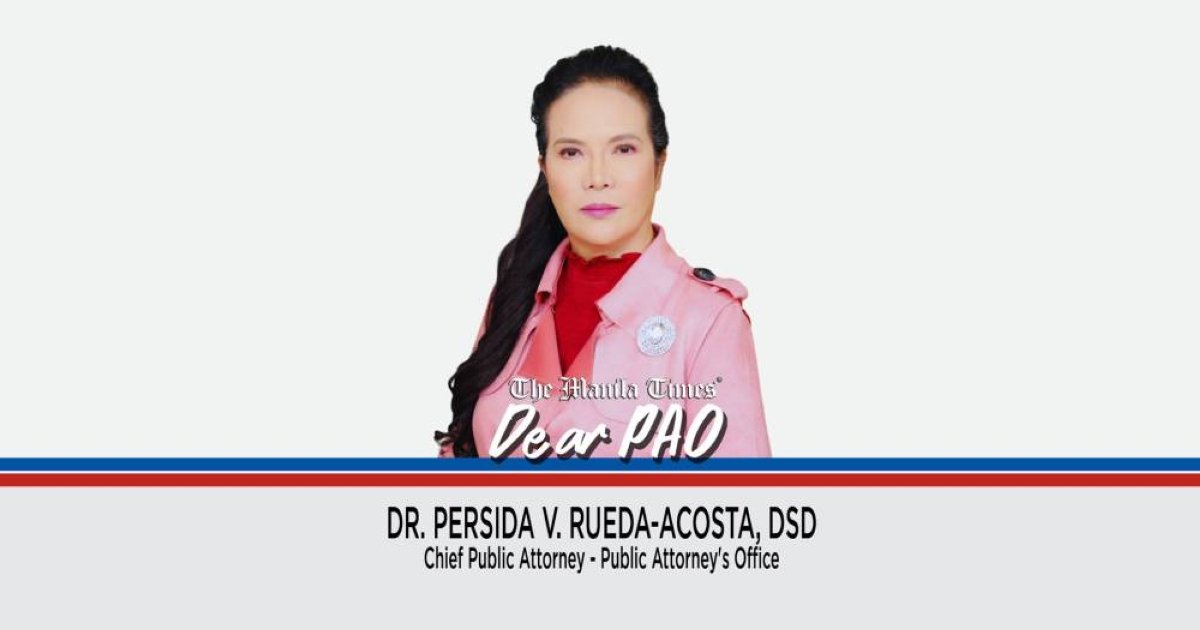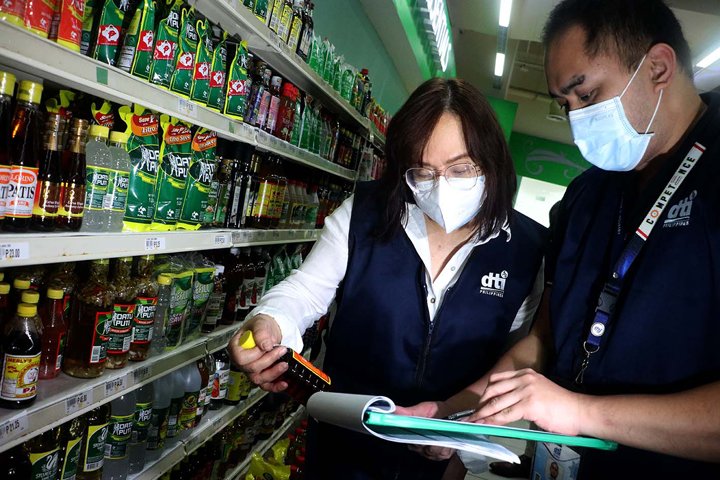Dear PAO,
My daughter’s friend, E, is being accused of selling illegal drugs. She has no witnesses to testify for her except herself because she was alone when the arrest happened. To be honest, everyone who knows E thinks she is innocent and that the supposed drugs are just planted evidence. What is also very questionable is the lapse of time from her arrest to the time the supposed drugs were marked. Someone told E’s family that the marking should have been done immediately after the arrest. There was no explanation given why about an hour had passed before the marking was made. Is there a possibility for her to be absolved? We really think she is innocent and is just being used as a scapegoat.
Maricel
Dear Maricel,

The unauthorized sale or any other form of distribution of dangerous drug and/or controlled precursor and essential chemical is strongly prohibited under our law, particularly Section 5, Article II of Republic Act (RA) 9165, otherwise known as the Comprehensive Dangerous Drugs Act of 2002. Any person caught committing any such activity can be heavily penalized pursuant to the same legal provision.
However, allegations alone that a person was caught selling dangerous drugs will not suffice. Aside from the testimony of the arresting officer/s, poseur-buyer/s and such other witnesses, the dangerous drug itself must be presented in court and its identity and integrity be established. As explained by the Supreme Court, through Chief Justice Lucas Bersamin, in the case of People of the Philippines vs. Alberto S. Gonzales (GR 182417, April 3, 2013):
“To secure a conviction of the accused charged with the illegal sale of dangerous drugs as defined and punished by Section 5, Article II of Republic Act No. 9165, the State must establish the concurrence of the following elements, namely: (a) that the transaction or sale took place between the accused and the poseur buyer; and (b) that the dangerous drugs subject of the transaction or sale is presented in court as evidence of the corpus delicti.
“Anent the second element, it is indispensable for the State to establish that the dangerous drugs subject of the transaction or sale and subsequently examined in the laboratory are the same dangerous drugs presented in court as evidence. The identity of the dangerous drugs is essential to proving the corpus delicti. x x x”
Corollary, the procedure stated under Section 21 of RA 9165, as amended by RA 10640, relating to the custody and disposition of evidence in drugs cases, must be strictly complied with:
“SEC. 21. Custody and Disposition of Confiscated, Seized, and/or Surrendered Dangerous Drugs, Plant Sources of Dangerous Drugs, Controlled Precursors and Essential Chemicals, Instruments/Paraphernalia and/or Laboratory Equipment. – x x x
“(1) The apprehending team having initial custody and control of the dangerous drugs, controlled precursors and essential chemicals, instruments/paraphernalia and/or laboratory equipment shall, immediately after seizure and confiscation, conduct a physical inventory of the seized items and photograph the same in the presence of the accused or the person/s from whom such items were confiscated and/or seized, or his/her representative or counsel, with an elected public official and a representative of the National Prosecution Service or the media who shall be required to sign the copies of the inventory and be given a copy thereof:x x x Provided, finally, That noncompliance of these requirements under justifiable grounds, as long as the integrity and the evidentiary value of the seized items are properly preserved by the apprehending officer/team, shall not render void and invalid such seizures and custody over said items.”
Accordingly, E may question the integrity of the evidence used against her given that there was a sufficient lapse of time when the marking thereof was made and there appears to be no justifiable reason on the part of the arresting officer/s for said delay. Failure on the part of the Prosecution to prove the identity and/or integrity of the evidence may result in her acquittal. As explained by the Supreme Court:
“The first stage in the chain of custody is the marking of the dangerous drugs or related items. Marking, which is the affixing on the dangerous drugs or related items by the apprehending officer or the poseur-buyer of his initials or signature or other identifying signs, should be made in the presence of the apprehended violator immediately upon arrest. The importance of the prompt marking cannot be denied, because succeeding handlers of the dangerous drugs or related items will use the marking as reference. Also, the marking operates to set apart as evidence the dangerous drugs or related items from other material from the moment they are confiscated until they are disposed of at the close of the criminal proceedings, thereby forestalling switching, planting, or contamination of evidence. In short, the marking immediately upon confiscation or recovery of the dangerous drugs or related items is indispensable in the preservation of their integrity and evidentiary value.” (People vs. Gonzales, Id.)
We hope that we were able to answer your queries. Please be reminded that this advice is based solely on the facts you have narrated and our appreciation of the same. Our opinion may vary when other facts are changed or elaborated on.
Editor’s note: Dear PAO is a daily column of the Public Attorney’s Office. Questions for Chief Acosta may be sent to [email protected]










